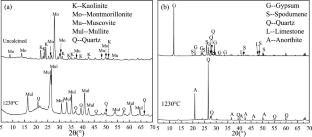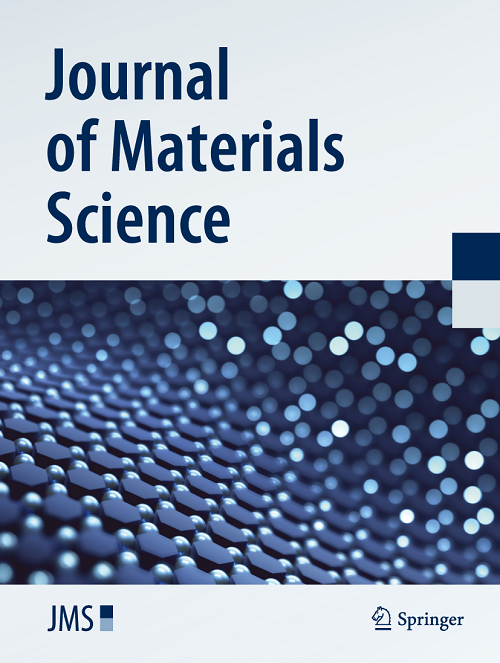Study on sintering behavior and frost resistance of lithium slag-based foam ceramics
Abstract
This study explores the freeze resistance of lithium slag-based foam ceramics, focusing on their potential for use in lightweight insulation wall panels. Through high-temperature foaming technology, various formulations were created and thoroughly analyzed for durability and physical properties. By designing a formulation scheme based on the SiO2–Al2O3–Na2O ternary phase diagram, it was found that increasing lithium slag content significantly promotes sintering, densification, and enhances the material’s durability. Optimal formulations were identified: The best volume density (1.5 g/cm3) was achieved with a firing temperature of 1250 °C and 35 wt% lithium slag; optimal compressive strength (22.23 MPa) was obtained at 1200 °C with 35 wt% lithium slag; and the lowest water absorption (3.75%) and highest porosity (77.12%) were found with 40 wt% lithium slag at 1250 °C. Freeze–thaw cycle tests revealed that compressive strength degradation was primarily due to ice expansion forces. Smaller pore diameters significantly enhanced freeze resistance, while higher water absorption negatively impacted it. The recommended optimal firing conditions are 1230 °C with 35 wt% lithium slag. This research provides a theoretical framework for improving the durability of foamed ceramics and demonstrates the feasibility of utilizing lithium slag as a valuable resource in construction materials.


 求助内容:
求助内容: 应助结果提醒方式:
应助结果提醒方式:


